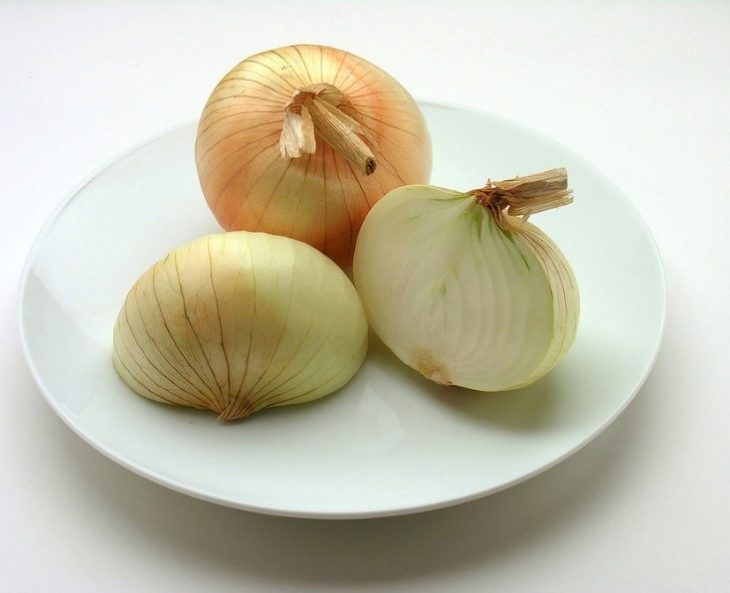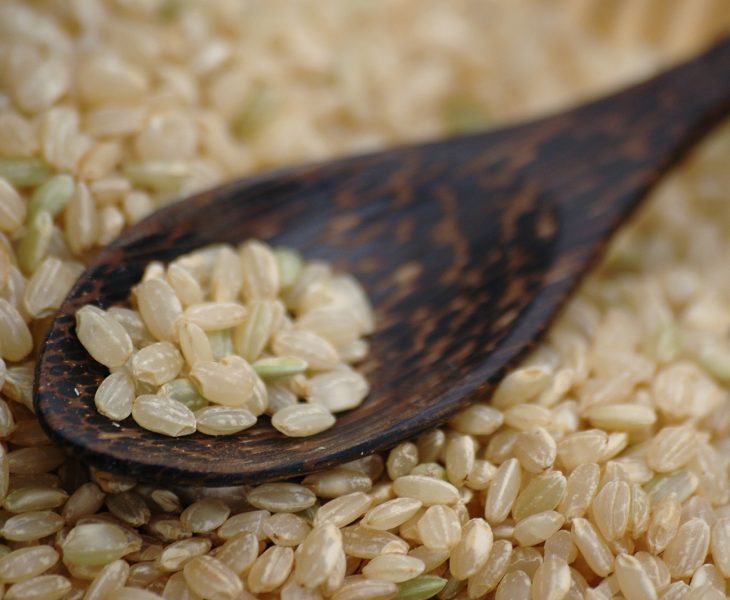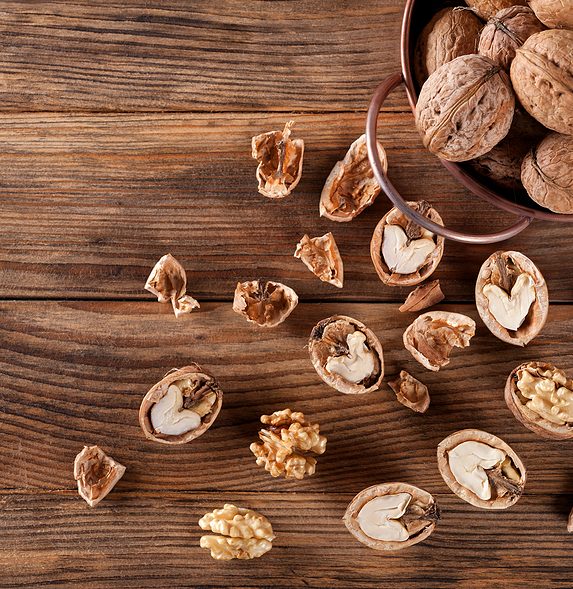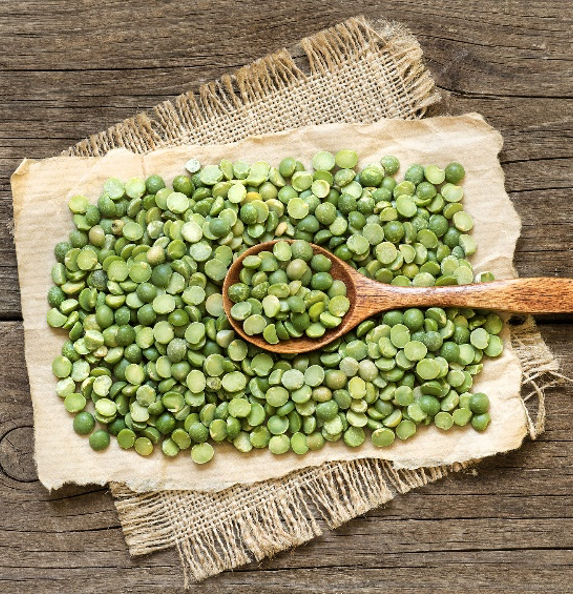¿Le gustan las comidas crujientes? Las nueces puede que se ajuste a su antojo. Tienen un sabroso crujido y están llenas de beneficios nutricionales. Si necesita un bocadillo o merienda fácil, un complemento para sus ensaladas, o un ingrediente para mejorar sus comidas, las nueces son una elección perfecta. Vamos a ver qué hace que las nueces sean tan especiales, compartiremos datos curiosos y 10 maneras sencillas de utilizarlas en la cocina.
¿Por qué escoger las nueces?
- Su Sabor: Las nueces tienen un sabor rico, y un poco terroso, y un crujido suave que va bien con comidas dulces o saladas. Dan a los alimentos una complejidad que muchos nueces no pueden igualar.
- Bocadillo fácil: Listas para comer directamente de la cáscara, son un bocadillo fácil de preparar para llevar.
- Poder de Proteína: ¿Sabía que las nueces tienen proteína? Sólo un puñado pequeño (aproximadamente ¼ de taza o 14 mitades) le ofrece unos 4 gramos de proteínas y 2 gramos de fibra.
- Comida para el Cerebro: Las nueces contienen nutrientes que ayudan a la salud cerebral, como omega-3, vitamina E y ácido fólico. Tome un puñado cuando quiera un bocadillo “cerebral”.
- Poder Antioxidante: Las nueces tienen más antioxidantes comparadas a todos los demás tipos de nueces. Ayudan a proteger sus células y su salud en general.
¿Qué hay de divertido en las nueces?
- Forma Cerebral: Las nueces tienen forma de cerebro, y son conocidas por ser un “alimento cerebral” por su contenido de ácidos grasos omega-3, que ayudan a la salud cerebral.
- ¿Y qué de las Nueces Negras? Las nueces que se suelen ver en las tiendas se llaman nueces inglesas (también llamadas nueces persas). Las nueces negras son una variedad diferente de nuez que tiene un sabor más fuerte.
- El Mayor Productor del Mundo: California produce casi el 99% de las nueces de Estados Unidos y es uno de los mayores productores de nueces del mundo.
- Cómalas Crudas: Para maximizar los beneficios para su salud, busque nueces crudas y sin sal. Pero no coma demasiadas porque tienen muchas calorías.
- Aptas para el Congelador: Conserve sus nueces frescas guardándolas en un recipiente hermético en el refrigerador (nevera) o congelador. ¡Así se evita que sus aceites naturales se pongan rancios y ayuda a que duren hasta un año!
10 deliciosas maneras de utilizar las nueces
- Espolvoreé en ensaladas: Añada nueces picadas a las ensaladas para obtener un aderezo crujiente y repleto de proteínas.
- Yogur o Avena: Mezcle nueces en el yogur o la avena con miel y bayas para un delicioso desayuno.
- Para Hornear: Las nueces son perfectas para productos horneados como brownies, magdalenas y pan de plátano.
- Batidos: Añada 2 o 3 nueces a su batido para darle más cremosidad.
- Mezcla de Frutos Secos: Combine nueces con frutos secos y chocolate negro para un bocadillo fácil de llevar. Pruebe nuestra receta de Trail Mix. https://foodtalk.org/en/recipe/walnut-trail-mix
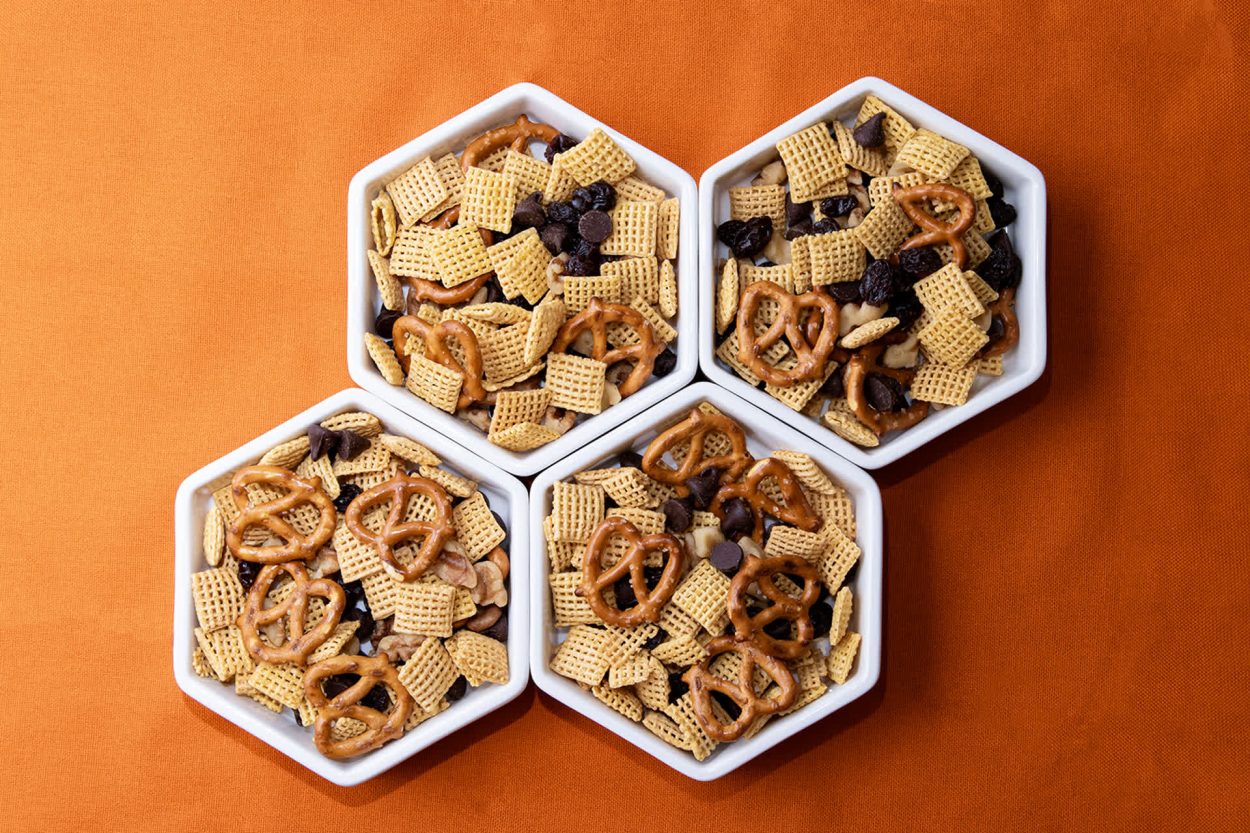
- Granola: Prepare granola casera con avena, nueces y un toque de miel o sirope de arce…. o simplemente añada un puñado de nueces a los cereales de la mañana.
- Pesto: Prepare un sencillo pesto de nueces hecho puré con aceite de oliva extra virgen, albahaca, ajo, sal y pimienta. Rocíelo sobre verduras asadas, mézclelo con espirales de calabacín o utilícelo como aderezo cremoso y sabroso para ensaladas.
- Mejore Sus Comidas: Espolvoreé nueces en la sopa de alubias negras o lentejas del almuerzo e inclúyalas en recetas como tacos de vegetales y platos salteados en la cena.
- Corteza de Nueces: Utilice nueces trituradas como recubrimiento de pollo o pescado para añadir una deliciosa corteza de frutos secos.
- Tuéstelas: Para realzar su sabor, extiéndalas en una bandeja de horno y hornéelas a 350°F durante unos 5-7 minutos. Vigílelas de cerca para que no se quemen.
Le dejamos con una idea adicional: ¿Quiere una manualidad divertida? Utilice cáscaras de nueces vacías y haga barquitos, adornos y renos. Sólo tiene que usar pegamento, rotuladores, fieltro, y limpiapipas y ¡dejar volar su imaginación y creatividad!
Publicado en febrero 22, 2025
Laurel Sanville, MS, RDN, LD | Editado por Jung Sun Lee, PhD, RDN; Edda Cotto-Rivera; y el equipo de educación nutricional.
